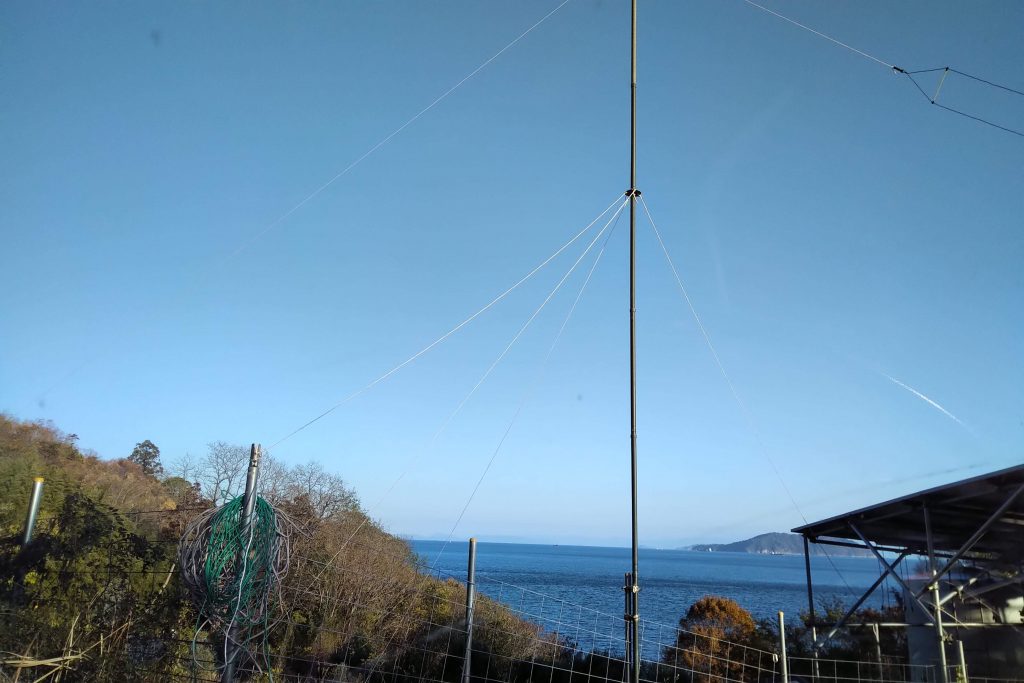We confirm quantum physics in the radio context.
Our results confirm the known importance of the half sine wave in quantum mechanics.
Schroedingers equation teaches that the smallest unit of energy is a one half sine wave and not a full sine wave. But full sine waves are most easily created and manipulated because of resonance techniques used by experimental physicists to collapse and reform the wave function.* Our discovery of the creation and transmission of half sine waves confirms this most basic fact from quantum physics,
Our results also answer the riddle of why antennas operate on half sine dimensions. The basic dipole antenna is one half sine wave long, not a full sine wave long because an electron energy is accelerated over a half sine in order to convert electron energy into photon energy.
Photon and wave energy


Photon makes 1 dimension wave.
The smallest unit of wave energy is a half sine. In chemistry, this is the first electron added to a nucleus.


Second unit makes full sine curve.


Higher units are possible. Their electric fields can be measured directly on an antenna (one dimension path for electric wave function).
The key to making a photon pulse (avoid a long wave train)
Problem: Every resonant circuit (tuning circuit, impedance change) collapses the electron wave function and transfers energy into a new wave function. This consumes time with multiple reflections as a signal is processed by one circuit after another. A single pulse is turned into a multiple pulse train by the resonating radio circuits.
Our results indicate
- Half sine waves are rare and quickly merge into whole sines upon collapse/absorption by an electron and re-admission as a whole sine wave photon.
- Electron energy momentum in one kinetic vector is one half sine wave, and electron energy momentum in the opposite vector is the opposite half sine wave.
- This explains the mystery of the double slit experiment in the single photon implementation.
- A full sine wave colliding with the two closely spaced openings is split into two separate one half wave sines. Half sines are allowed by the Schrodinger equation. The two holes in the double slit are positioned at each half of the full sine wave.
- Importantly –double slit openings must be separated by <one full sine wave apart-
* This is our prediction. We are experimenting on this at our DIY center in Seto Naikai.



